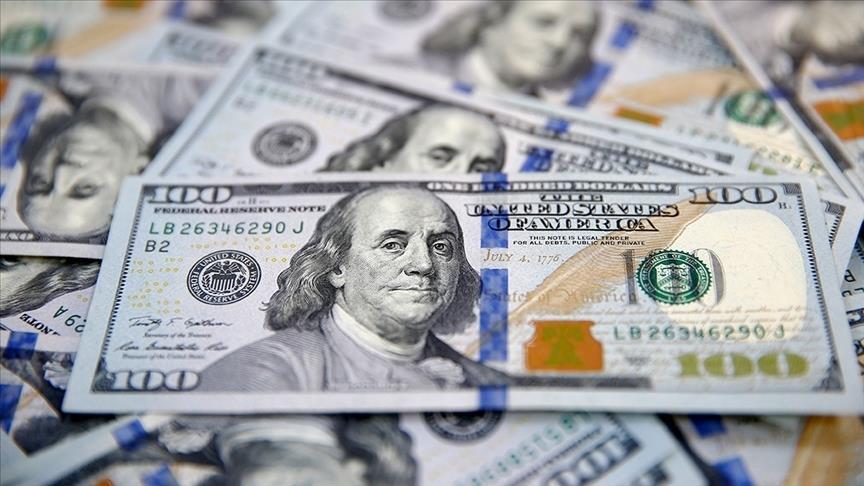Brent crude oil, which wrapped up the first week of April with a steep loss of more than 9%, is expected to struggle to break the $80 mark in the near term due to the difficulty of global demand catching up with the increasing supply in the oil markets.
The downward momentum was exacerbated on April 2 when US President Donald Trump signed an executive order imposing reciprocal tariffs on imports. This move amplified concerns that a deepening global trade war could further restrict oil demand, putting additional strain on prices.
Following Trump’s announcement, described by him as a “Liberation Day” Brent crude shed nearly 1% on the same day, settling at $73.64. West Texas Intermediate (WTI) crude also fell, declining 0.6% to $70.48 amid growing fears over demand.
The situation worsened when the OPEC+ group reaffirmed its commitment to gradually increasing production. This decision, combined with tightening demand, fueled fears of an oversupply scenario, putting further pressure on prices.
On April 3, OPEC+ announced plans to scale back its voluntary production cut of 2.2 million barrels per day (bpd), starting April 1, and increase production by 411,000 bpd in May. As a result, Brent crude tumbled more than 5% on the same day, closing at $69.63 — marking its biggest daily loss since October 2023. WTI also plunged 5.6%, settling at $66.33.
Further amplifying concerns, China’s announcement on April 4 that it would impose an additional 34% tariff on all US imports further strengthened the risk of a potential global ‘trade war,’ causing oil prices to drop to $63.85 and fall below $65 for the first time since August 2021.
Thus, on April 4, Brent settled at $65.74, down nearly 6%, while WTI finished at $62.10, down more than 6%. As a result, Brent oil recorded a 9.2% loss in the first week of April, marking its lowest weekly close since August 2021.
– Prices are unlikely to hit $80 mark in near term.
The global oil demand outlook remains subdued, and crude prices are unlikely to return to $80 per barrel in the foreseeable future, Julien Mathonniere, an oil market economist at the London-based Energy Intelligence Group, told Anadolu.
Mathonniere emphasized that recent decisions by both the OPEC+ alliance and the US administration have significantly weighed on oil demand. “As OPEC+ continues to inject excess supply into the market, I don’t foresee a meaningful uptick in demand given the economic uncertainties fueled by global trade tensions,” He said.
“Under these circumstances, a rebound in oil prices to $80 per barrel is highly unlikely anytime soon,” Mathonniere added.
He also pointed up to the deep-rooted economic challenges that China, one of the world’s largest oil consumers, noting that Beijing’s substantial trade surplus with the US makes it a prime target for Washington’s tariff measures.
Mathonniere noted that even India — where oil demand is growing rapidly — cannot escape the adverse economic impact of a potential global trade war, while the US economy also faces the risk of a slowdown amid rising tariff-related costs.
– ‘Trump’s protectionist trade policies are at odds with his goals of boosting exports’
Mathonniere said the US administration’s use of national security as a justification for imposing tariffs has paved the way for global trade wars, undermining President Trump’s stated objective of expanding American exports.
“Countries may respond to US tariffs by deliberately devaluing their currencies to maintain the competitiveness of their exports,” Mathonniere said.
“In such a scenario, American goods would become more expensive for foreign buyers, making it harder for the US to boost exports—directly undermining President Trump’s trade objectives,” He added.
Mathonniere emphasized that investors should closely monitor the trajectory of the US dollar in the coming period, noting that a weaker dollar relative to other currencies would likely boost global oil demand.
At the same time, Mathonniere highlighted the need to closely monitor US policy actions toward Iran, which could have significant implications for global oil markets.
“A US bombing of Iran, however, would likely push oil prices up by about $5 per barrel, though risk premiums tend to deflate faster than expected,” He concluded.

